A door lock actuator is a crucial component in modern vehicle door locking systems, converting electrical signals into mechanical movement to lock or unlock the doors. Here are the primary components that make up a door lock actuator:
Electric Motor:
Function: The motor is the core component that drives the mechanical movement within the actuator.
Operation: When activated by an electrical signal from the car's central locking system, the motor turns gears to initiate locking or unlocking.
Gear Mechanism:
Function: Translates the rotational motion of the motor into linear motion to operate the door lock.
Components: Typically includes a series of gears, such as spur gears or worm gears, designed to increase torque and reduce speed for precise control.
Linkage Arms and Rods:
Function: These components connect the actuator to the door lock mechanism.
Operation: The linkage transfers the motion from the actuator to physically move the lock mechanism, either engaging or disengaging it.
Housing and Mounting Brackets:
Function: Encloses and protects the internal components of the actuator.
Design: The housing is usually made of durable plastic or metal and includes mounting points for secure attachment inside the door.
Electrical Connector:
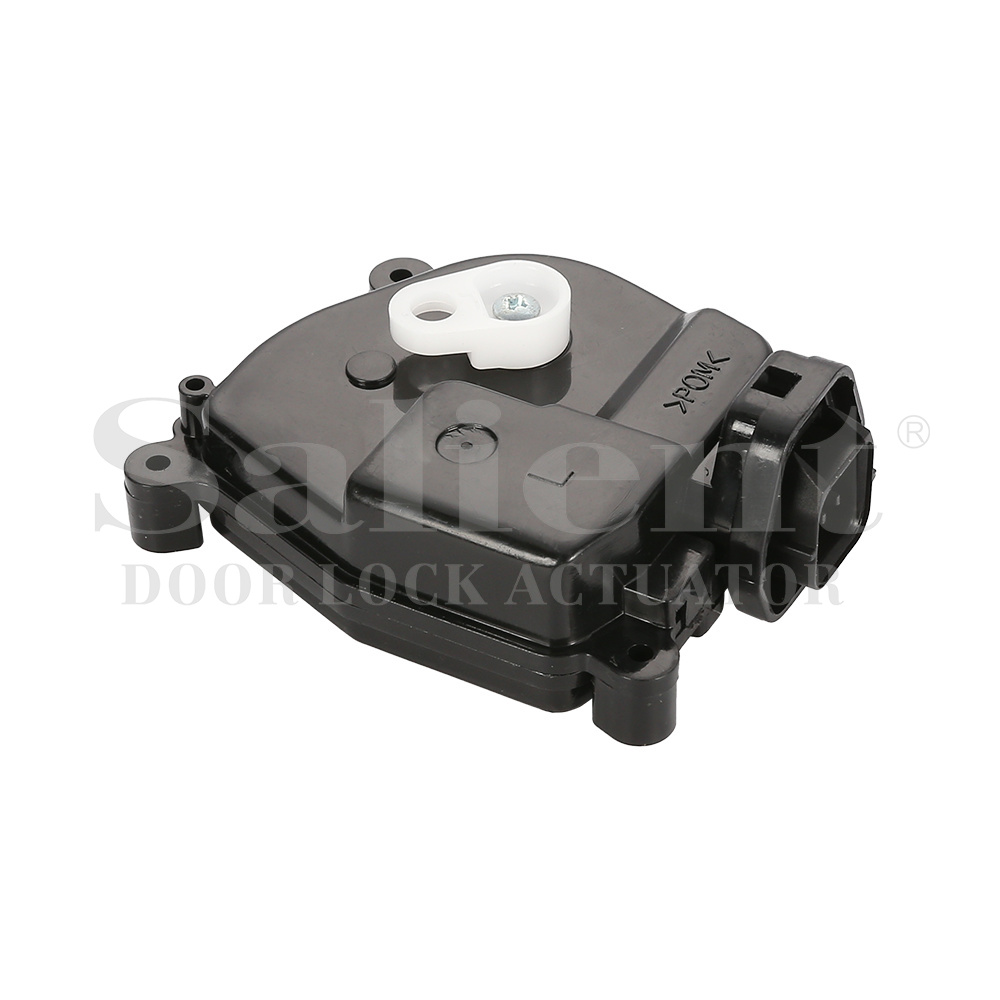
Function: Provides the interface for the actuator to connect with the vehicle's electrical system.
Design: Includes wiring and a plug that connects to the car’s central locking control unit.
Position Sensor (Optional):
Function: Some actuators include a sensor to monitor the position of the lock (locked or unlocked).
Operation: Sends feedback to the car's central control unit to confirm the lock status.
Circuit Board (Optional):
Function: Found in more advanced actuators, it manages the operation of the motor and any additional features like position sensing or remote operation.
Components: Includes microcontrollers and other electronic components to process signals from the car’s central locking system.
Spring Mechanism:
Function: Provides the necessary force to return the actuator to its default position after activation.
Operation: Ensures that the actuator can reliably return to a neutral state, ready for the next locking or unlocking signal.
Clutch (Optional):
Function: Protects the motor and gears from damage by allowing slippage if the lock mechanism is obstructed or forced.
Operation: Engages only when excessive force is applied, preventing mechanical failure.
Rubber Seals and Insulation:
Function: Protects the internal components from moisture, dust, and other contaminants.
Design: Ensures the actuator operates reliably in various environmental conditions.
Understanding these components helps in diagnosing issues, performing repairs, or considering replacements for door lock actuators. Each part plays a specific role in ensuring the actuator functions smoothly and reliably within the vehicle's door locking system.


 English
English Español
Español

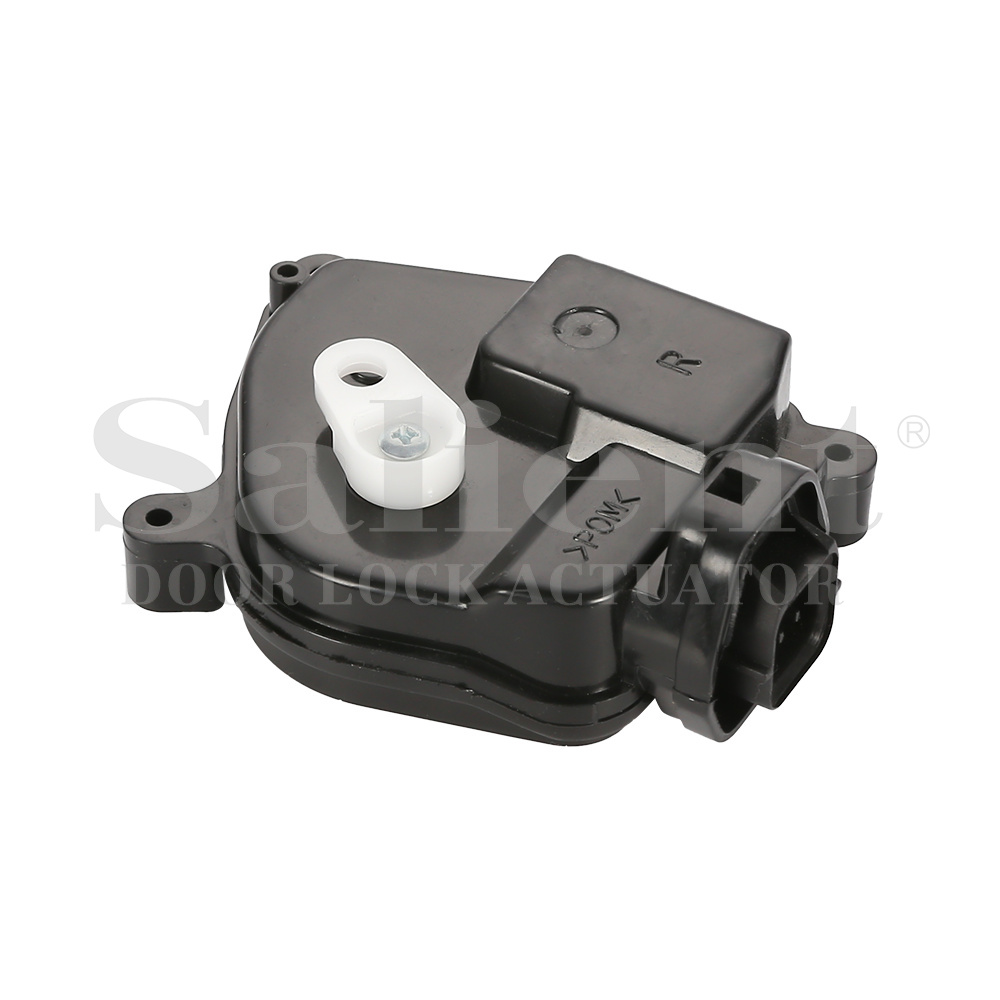
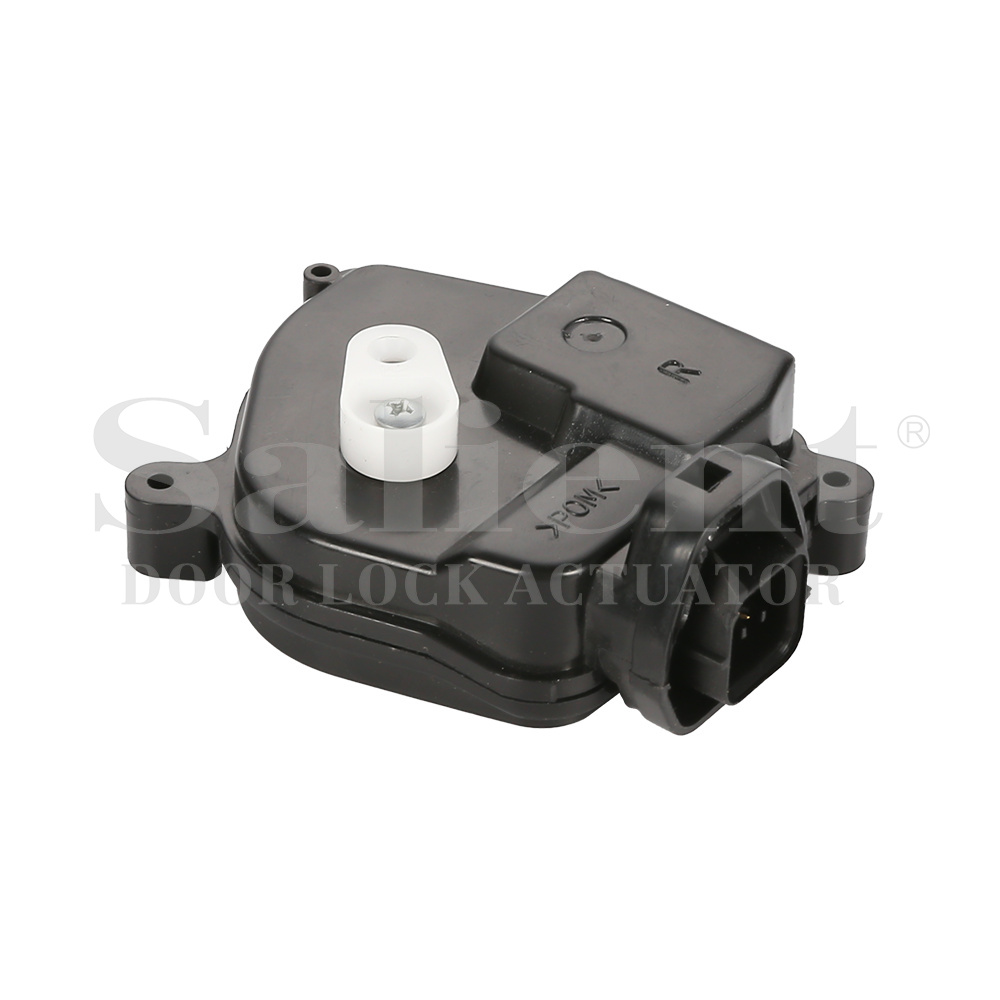
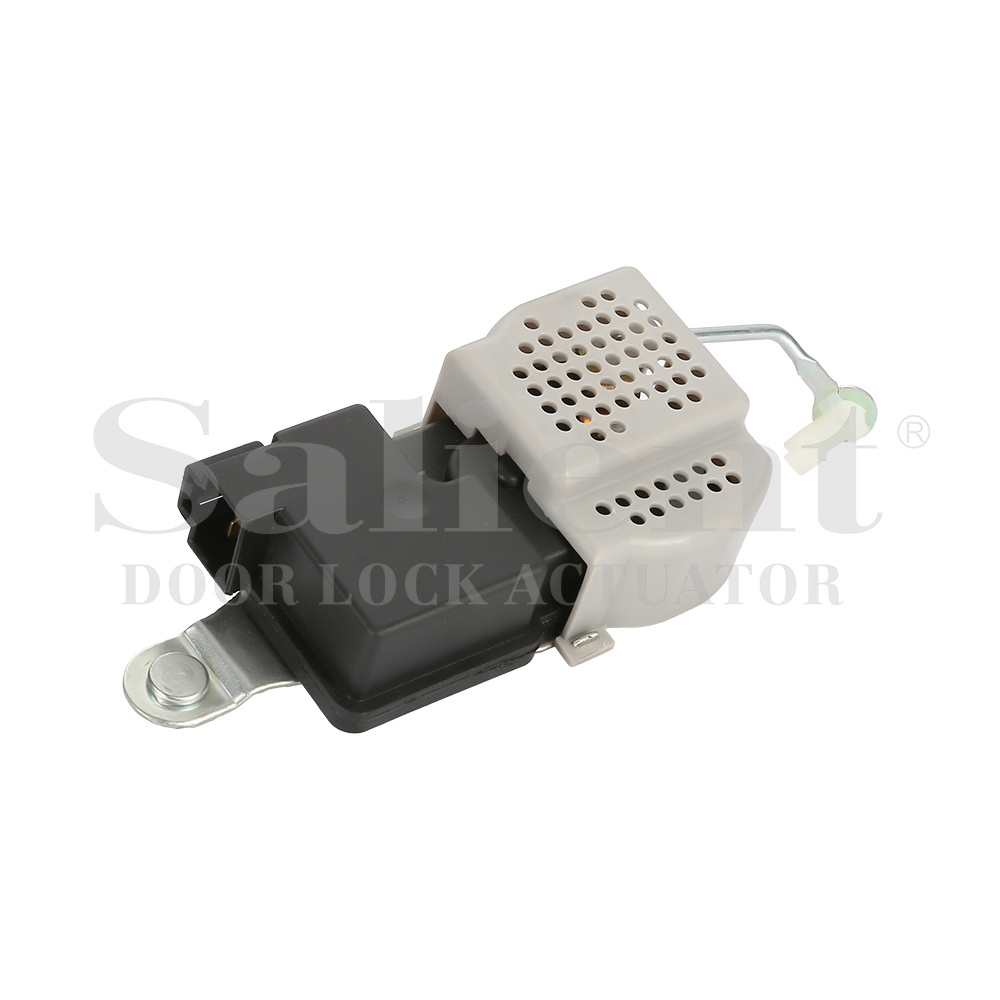
-1.jpg)
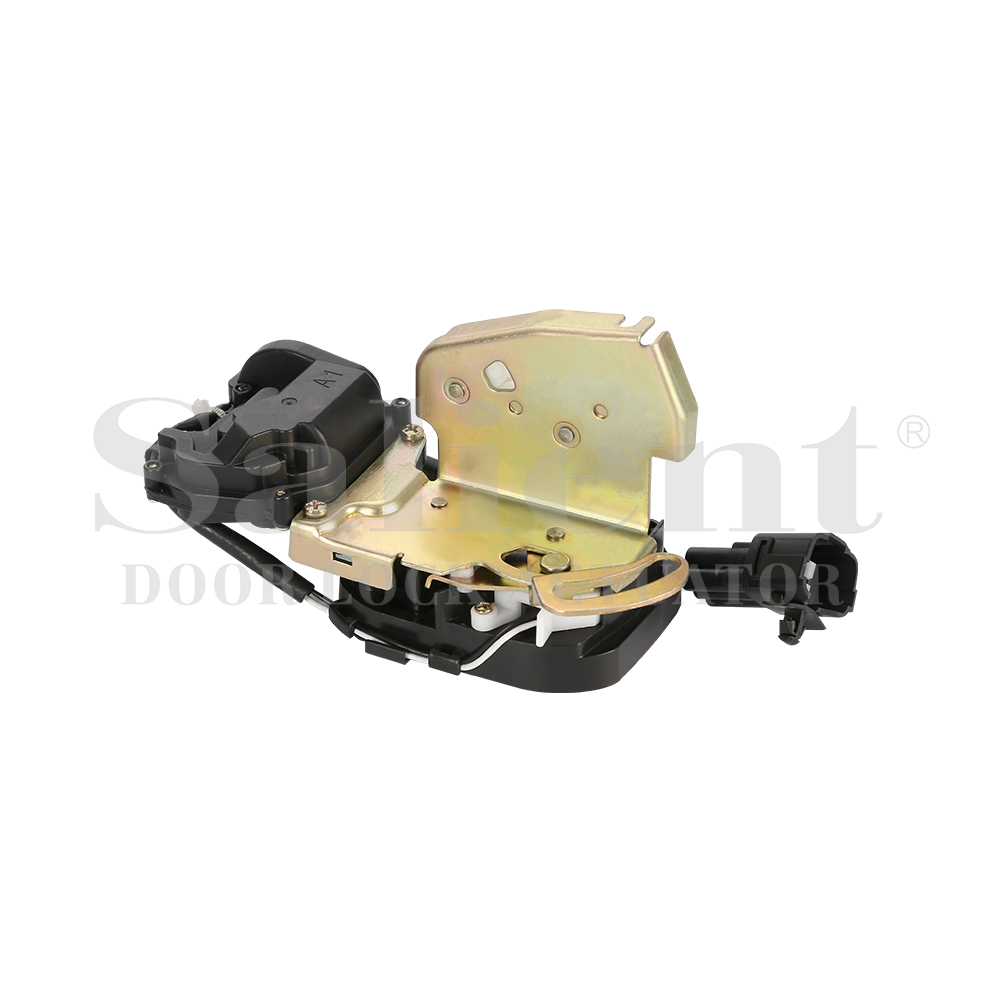
-1.jpg)
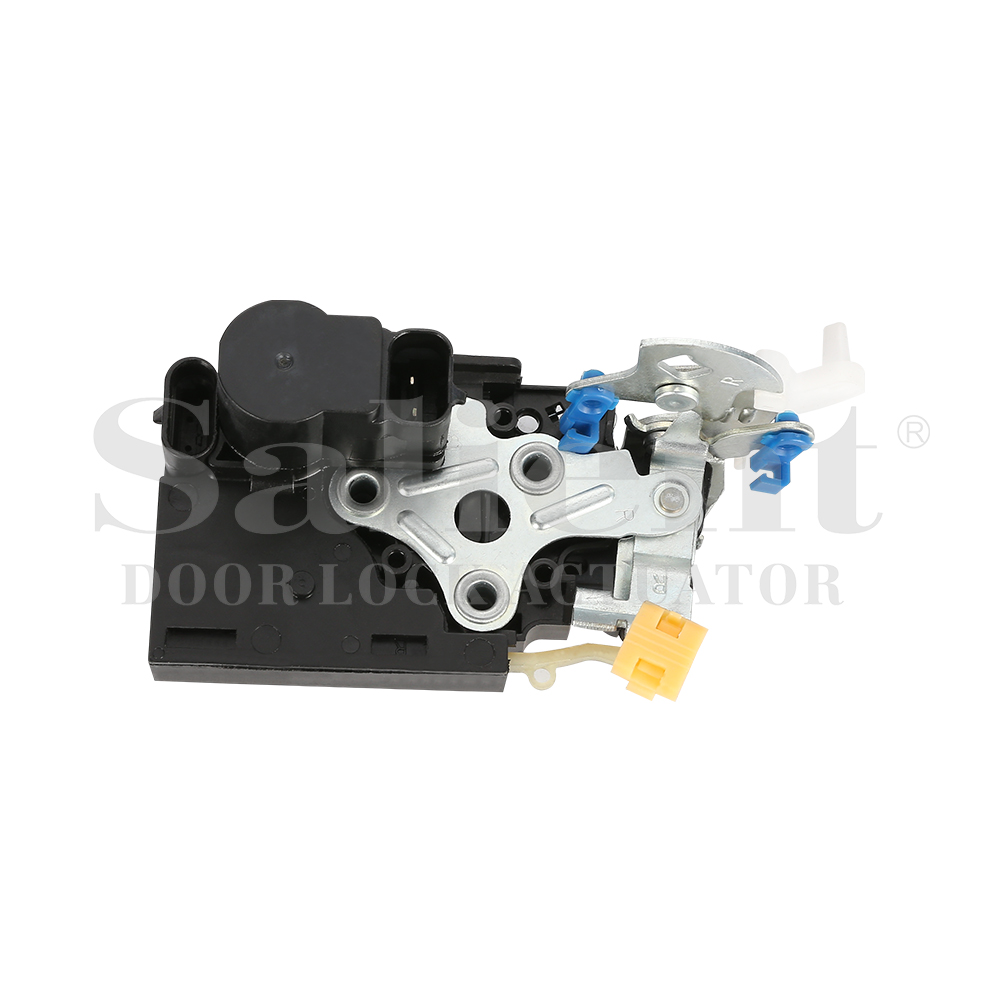
.jpg)
.jpg)
.jpg)
.jpg)

